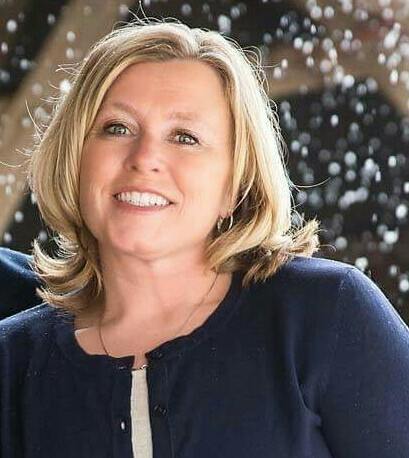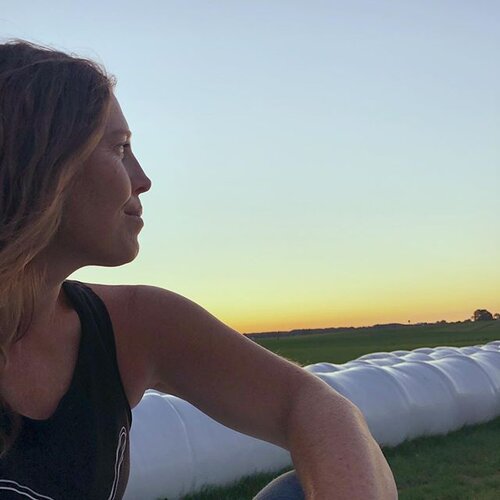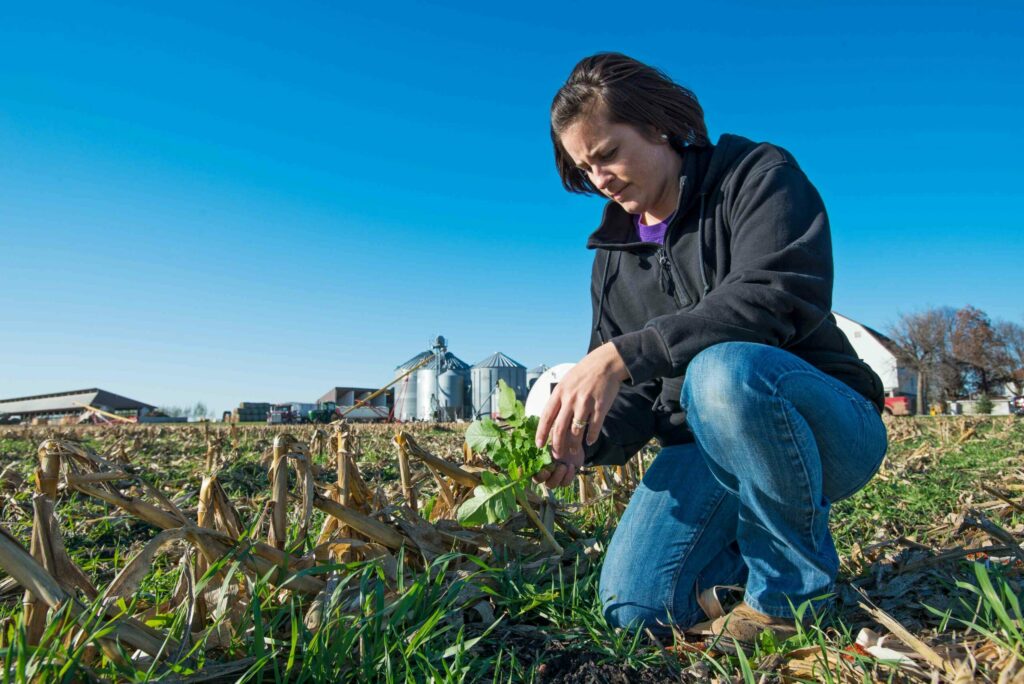Purpose-Drive Cattle Farmer Joan Ruskamp
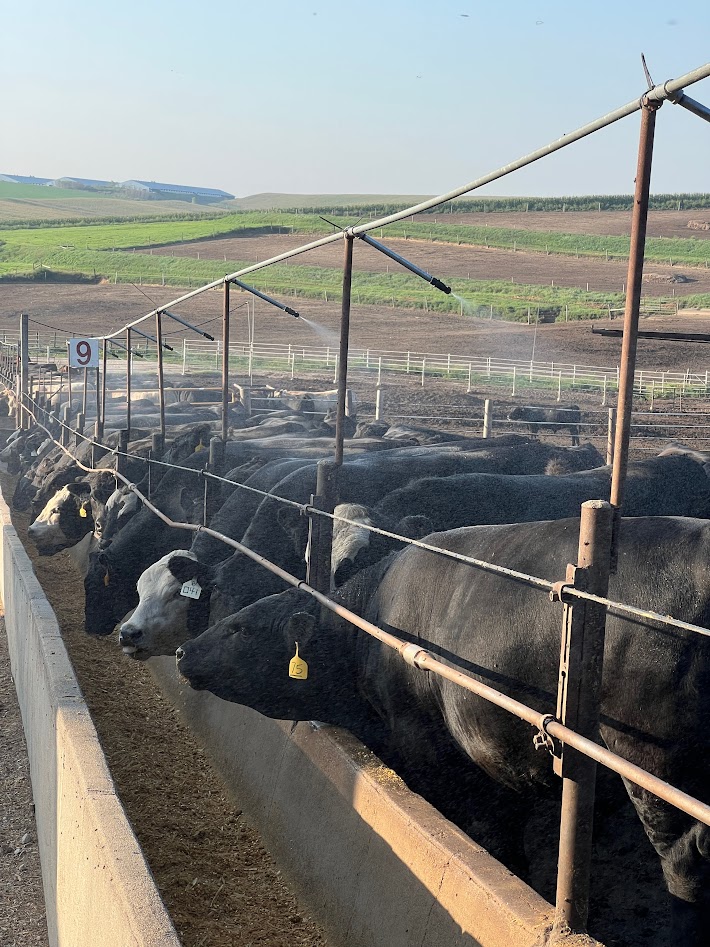
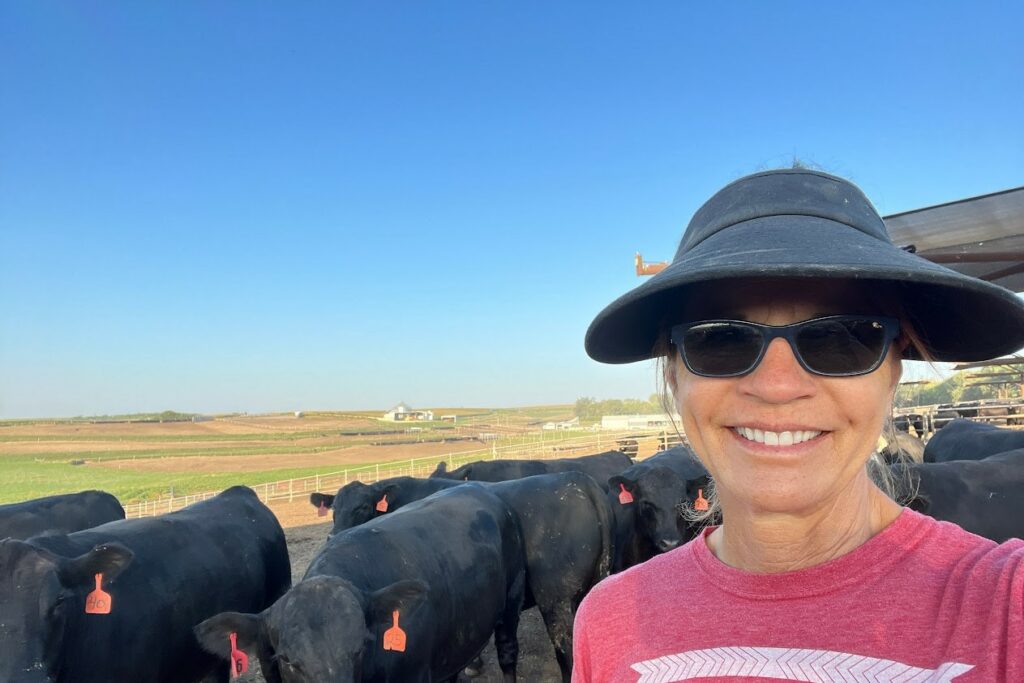
Mother nature can be cruel. Joan reflects on the extra measures that can prevent the grief and hardship of losing cattle.
Our cattle have an incredible purpose: To nourish us and countless others as food. My job is to care for them on our feedlot alongside my husband and business partner, Steve.
Together we have a specific, purpose-driven mindset on our farm: We are stewards of our animals. Every day it is our job to make them as comfortable as they can be. Yet mother nature can be very cruel. Whatever weather event is thrown our way, we want to be on the other side of it knowing that we did everything we could. We ask ourselves these questions:
- Could we have done anything differently with the information we had?
- What will we do differently next time?
Farmers constantly look at the weather forecast for a variety of reasons. In the summer, we specifically monitor current and future temperatures, humidity, wind speed and wind direction. Our weather forecast in July was giving us warnings ten days in advance about excessive heat for our area.
When we have warnings like that, we step in with extra measures to ensure the comfort and safety of our cattle. In order for these extra measures to be effective, we have to begin with a solid understanding of cattle and their basic needs and behaviors:
They Don’t Sweat Effectively
This is why cattle can tolerate cold weather much better than they can handle the heat. Their most effective natural way to cool off when it’s hot is for them to breathe. This gets extra interesting when you remember that they are herd animals.
Herd Animals Group Together
When cattle are stressed, they bunch together. Heat causes stress for them, and therefore their natural response during excessive heat is to stay very close to each other. This increases their body temperatures and lowers their ability to respirate fully. They will eventually suffer from multi-systemic organ failure this way, which will lead to death if there is no intervention.
They Have Ideal Temperatures
When the weather is between 41 – 77 degrees Fahrenheit and they have access to quality feed and fresh water, cattle are comfortable. When cattle are comfortable, they eat and grow and build muscle. We can observe their signs of comfort easily. They look attentive. They might lay down. They chew. They act playful. When the weather shifts out of this range, we watch their behavior carefully and start to take action.
We are extremely fortunate to look back at these recent summer days and see that the things we did protected our cattle. We didn’t lose a single animal. But it certainly didn’t come easily. Our extra measures, which I’ve listed below, made a huge difference.


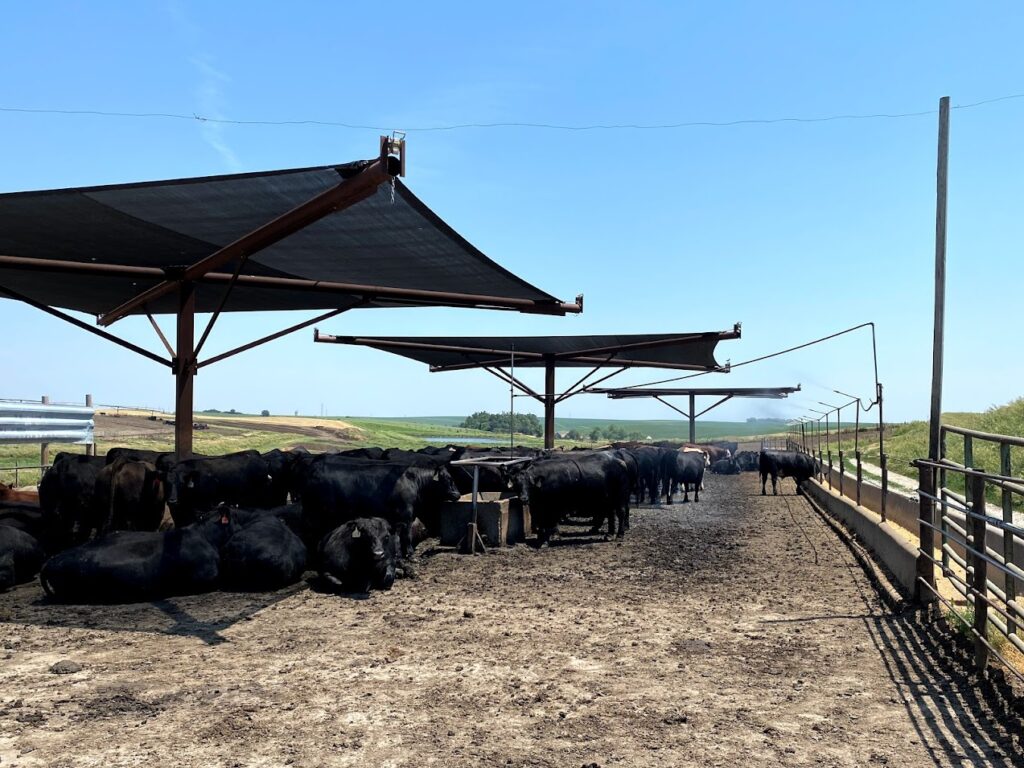
Shades
We have purchased mobile shades that we can move around without requiring a lot of labor. The cattle will move into these shaded areas and get relief from the sun. We keep these shades up from April through October to ensure that we’re ready for extremes.
Misters
We have used a variety of water features over the years. Steve has a great engineering mind and put that to work on improving our approach. Now we use galvanized pipe “misters” that stay up year-round. He places these misters close to their feed area in a straight line over a cement platform. The specific placement protects them from bunching together around water tanks and prevents mud from forming. Fun fact: I can tell which animals really like the misters because they just stand there and let it spray them or play in it. That’s when I know they’re feeling really good.
Corn Stalks
This is a new practice for us. Corn stalks are similar to grass because they are more reflective of heat compared to dirt, which absorbs and holds heat. These stalks can actually reduce ground temperatures by up to 25 degrees. We found a way to efficiently blow bales of corn stalks down as bedding for them using a tractor. When cattle lay down on the corn stalks, it lowers their body temperature.
Staying Put
This July our plans changed when a heat event hit. Steve and I were packed and ready to visit our son and his family in Washington D.C. Even though we had already taken action with shades, misters and new bedding, Steve ended up staying behind because the heat had gotten so bad. Both of us departing at that time would have put a lot of stress, both mentally and physically, on our employees. We know that it takes just one wind shift to push the temperature and humidity up to a catastrophic level. It’s our farm and our cattle. And so, he stayed.

